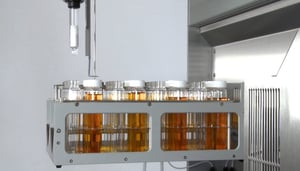FREESTYLE H53
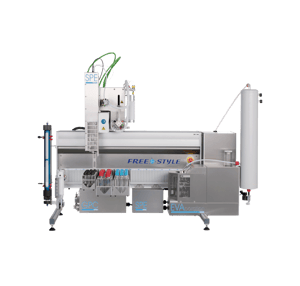
FLEXIBLE, PRECISE, MODULAR
LCTech offers the complete solution for standard-compliant processing of the hydrocarbon oil index. Both filled columns and empty columns for self-filling with suitable binding agent-free filters are available.
In combination with the FREESTYLE SPE/EVA for automation, the cleaned-up sample, perfectly filled into the GC vial, is available for analysis.
EVERYTHING FROM ONE SOURCE
Fully Automatic Clean-up
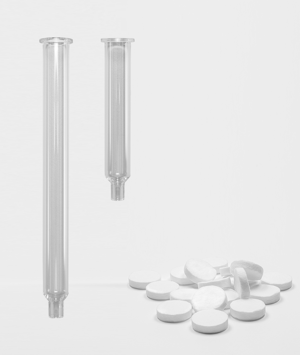
Glass columns are used in MOH sample preparation to avoid interactions with the analytes or a release of foreign bodies from polypropylene columns.
LCTech offers glass columns in three sizes: 105 mm and 180 mm long glass columns (diameter 17 mm each) are available for standard-compliant use. The time- and cost-saving TINY column was developed for high-throughput laboratories.
Read more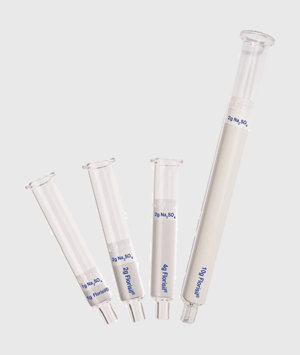
The Elufix™ columns from LCTech are filled with 1 g, 2 g, 4 g or 10 g activated Florisil® and 1 g or 2 g anhydrous sodium sulphate. Inert materials such as glass or PTFE eliminate interactions with the analytes, as well as contamination.
Read more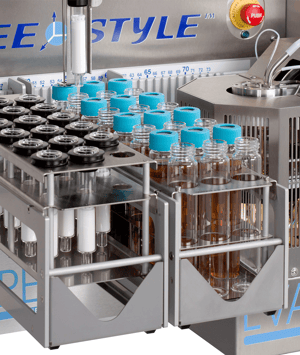
The Elufix™ columns can be processed perfectly fully automatically with the FREESTYLE SPE/EVA system. As a result, the user gains a pre-cleaned sample in the GC vial – ready for the analysis.
Read moreSYSTEM IN DETAIL
Automated Sample Clean-up
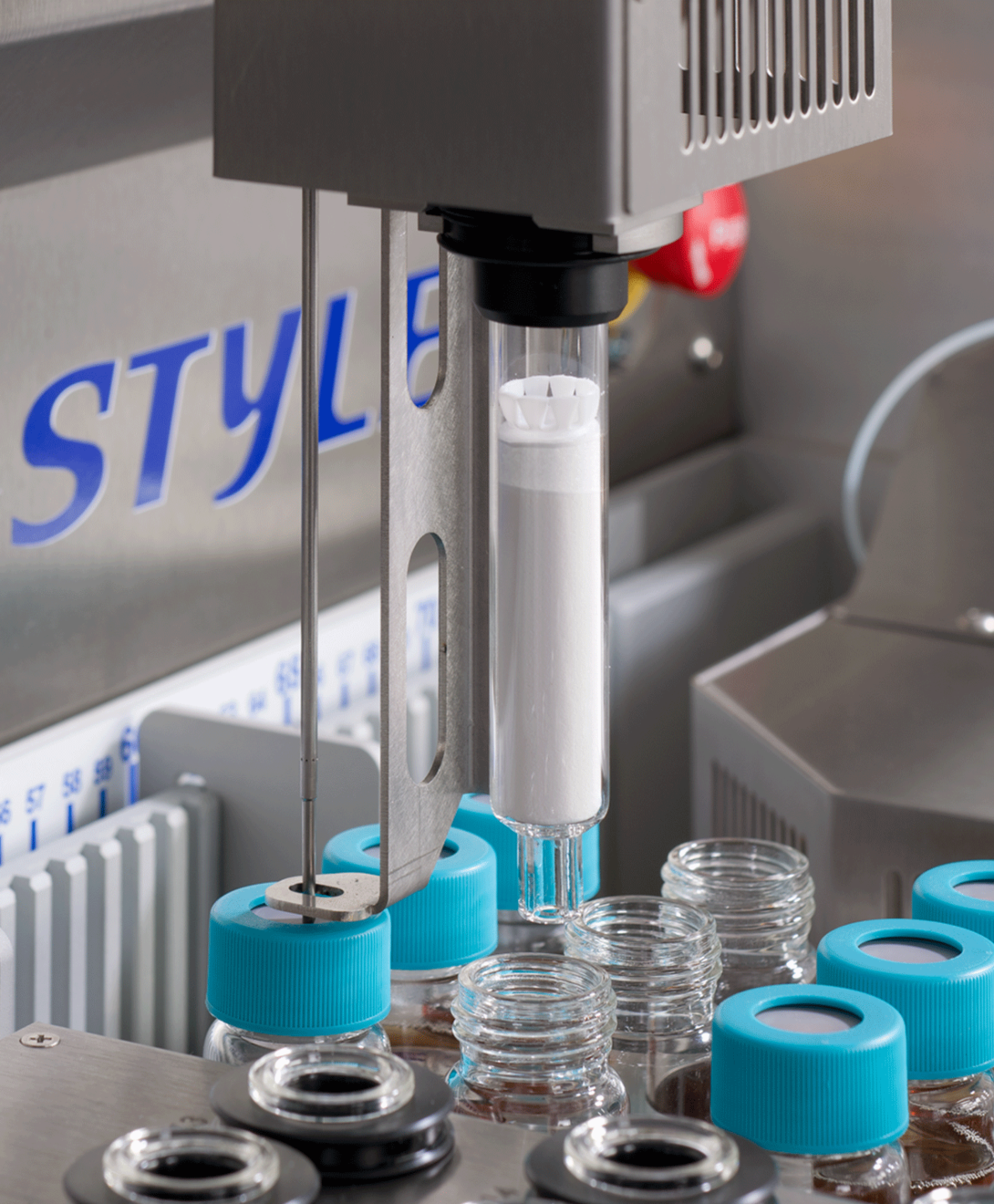
Double-walled with two independent lines inside the needle. Spray holes are arranged 360° around the needle:
- Spraying solvent into a vial (e.g. for quantitative transfer) or into the vacuum chamber for rinsing and/or cleaning
- Filling into vials closed with septa (e.g. 1 mL vial with insert)
- Sharp tip for piercing a septum without punching out parts of the septum
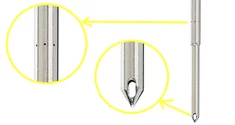
The column is firmly connected to the arm, therefore sample and solvent can be dosed precisely and at a constant flow rate via the SPE column with positive pressure using a syringe pump. Drying is also carried out via positive pressure with nitrogen.
- Non-stop Policy: If a column becomes blocked, the system detects the overpressure. The column is reset, the system cleans itself automatically and continues with the processing of the next column
- One rack for all types of columns: reusable adapters allow easy changing and mixing of columns of any standard format
- Columns can be moved to any position in the rack area
- Three solvents as standard, upgrade option up to six or even fifteen solvents
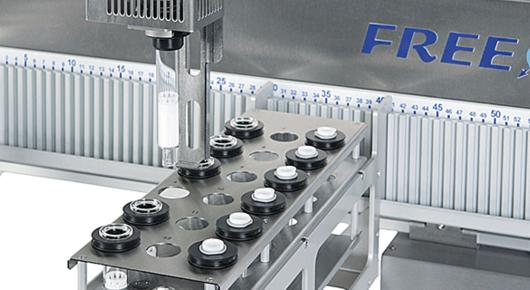
.jpg)
LCTech offers ready-filled Elufix™ glass columns (with batch certificate) or glass columns (incl. accessories) for self-filling.
Glass columns for H53-method analysisAt the end of the SPE step, the sample is filled into a glass and can be removed for manual evaporation, for example.
It is easier with the automated EVAporationsmodule. The sample is concentrated to a desired final volume (e.g. 0.5 mL), then filled into a sealed GC vial and is ready for analysis.
H53 Rack
The robotic system has two z axes. Each moves independently of the other. The needle aspirates the sample in the sample loop and releases it into a second container via the SPE column. A typical configuration for sample preparation to determine the hydrocarbon oil index according to DIN EN ISO 9377:2-2000.
